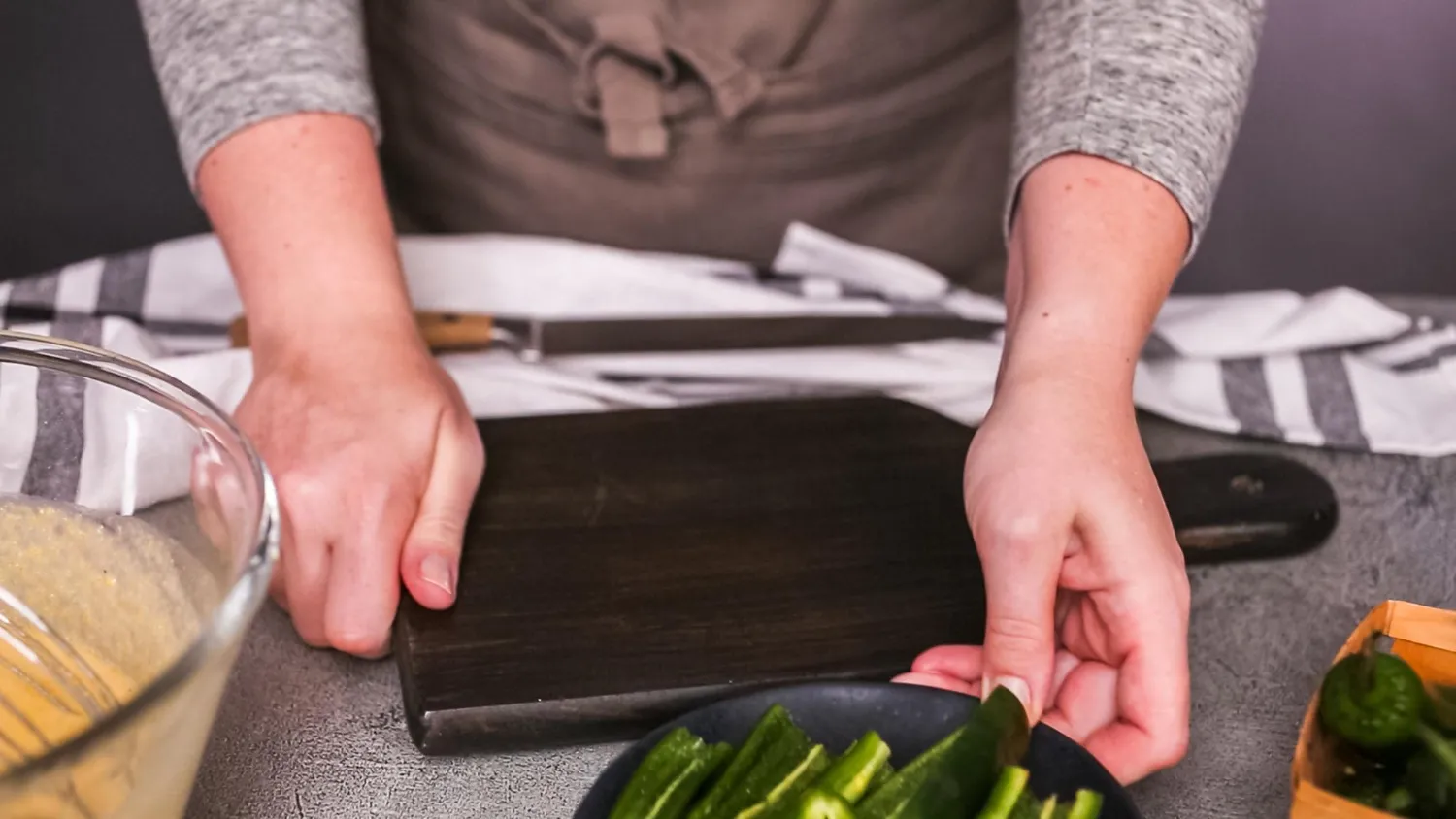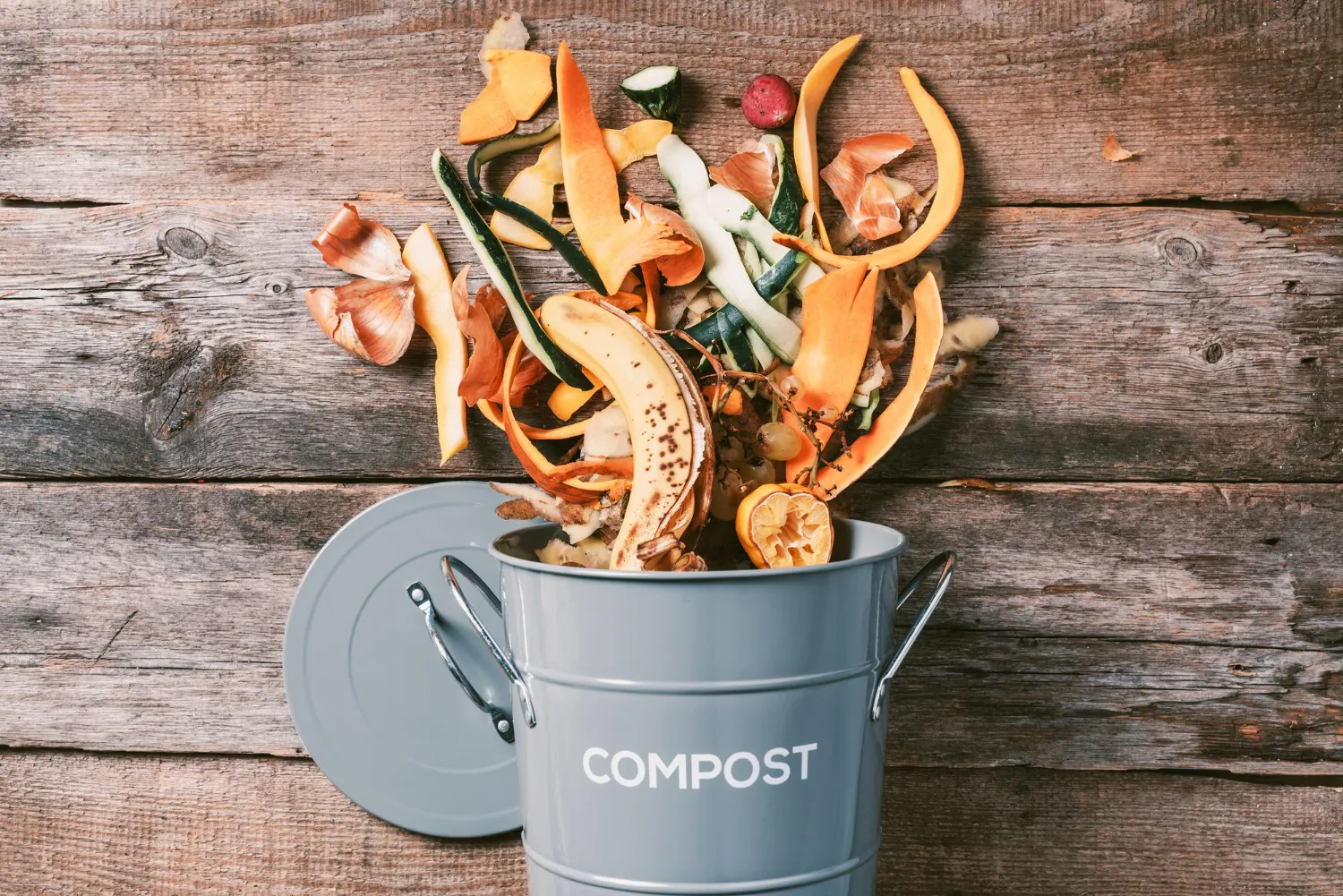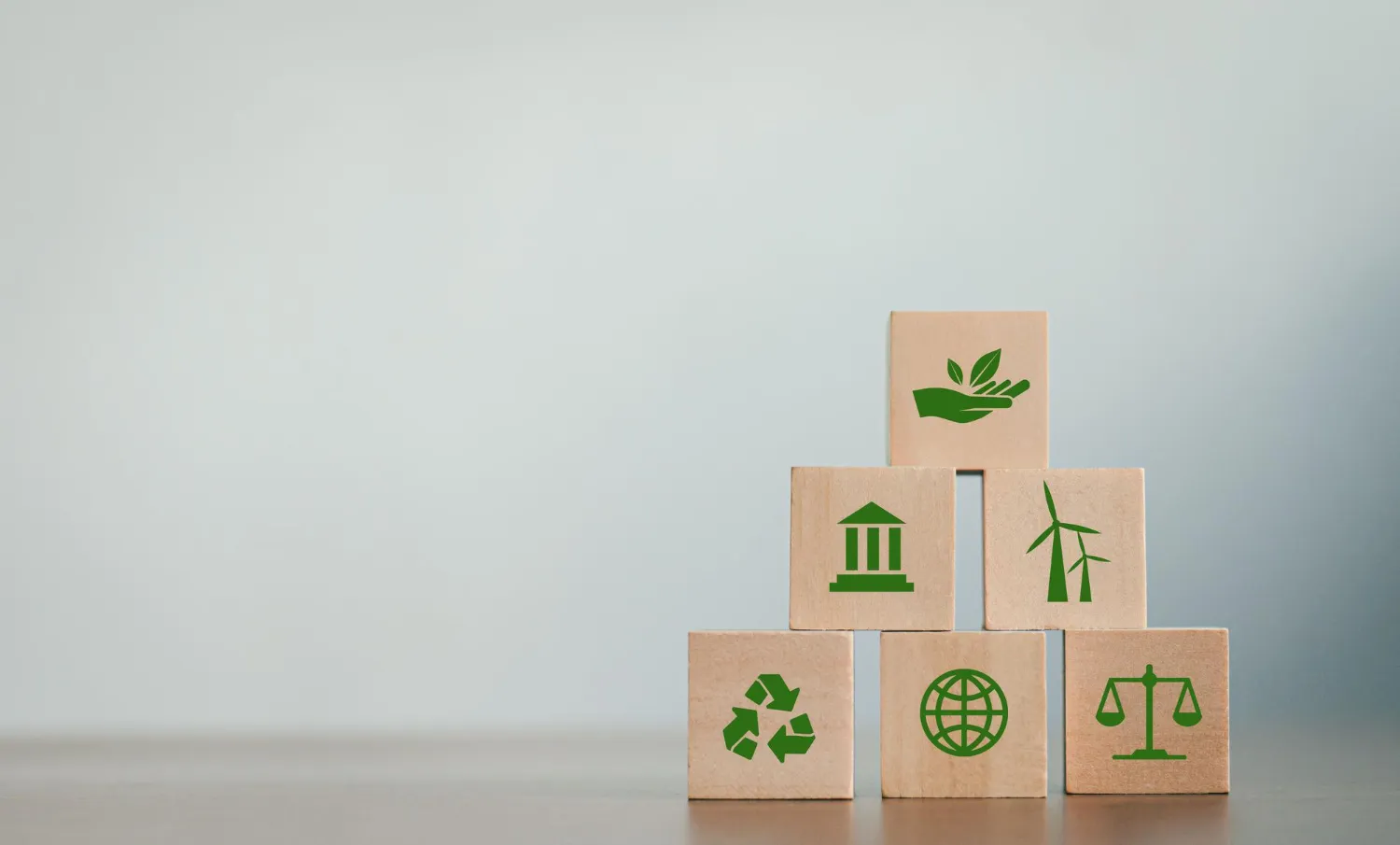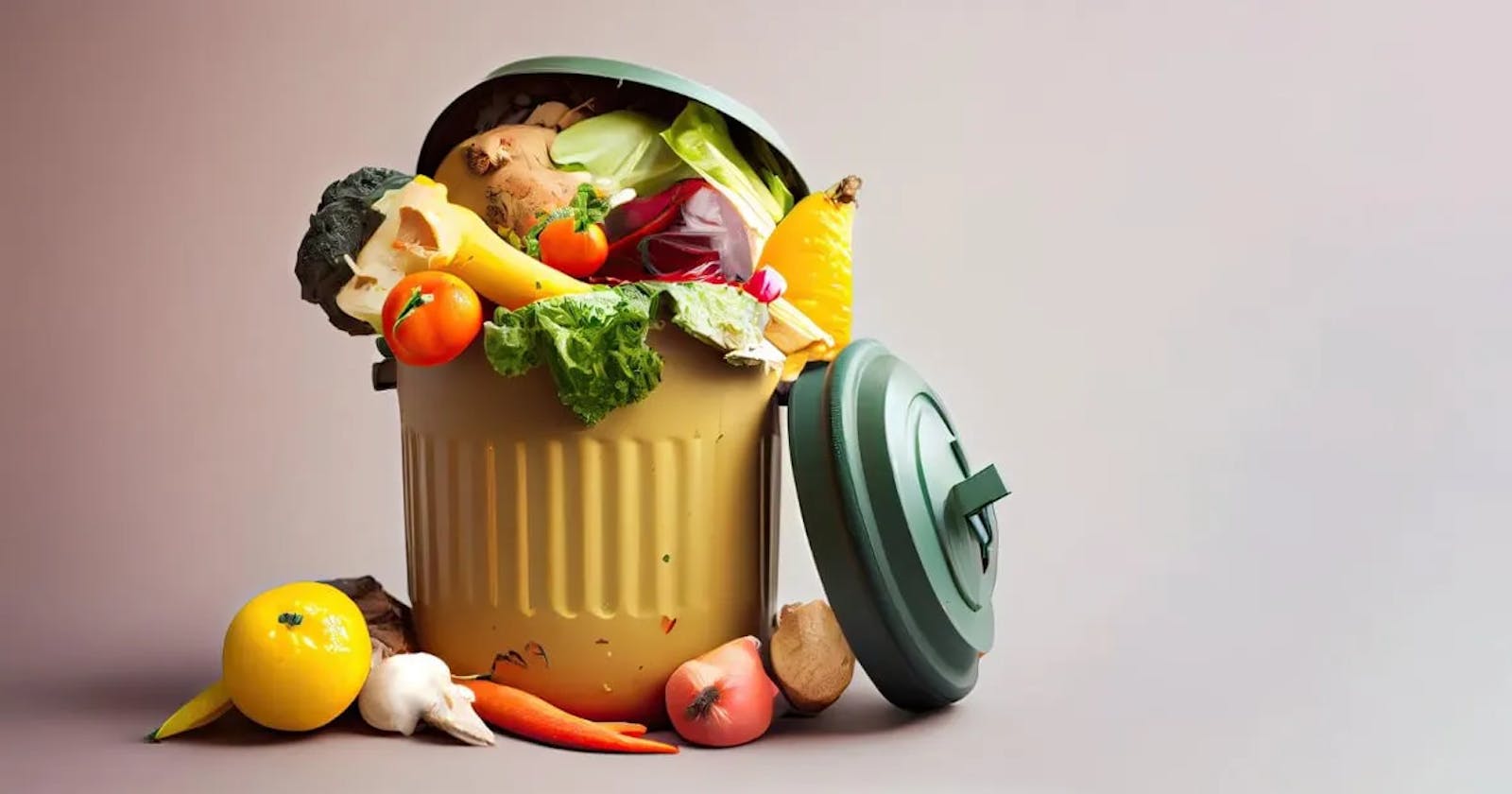The Zero-Waste Kitchen Challenge
Get inventive with your culinary skills, and discover the joy of turning 'scraps' into delectable meals, helping your pocket and the planet.
Food: an essential thread woven into the fabric of our existence. It sustains us, fuels our days, and connects us to global cultures. And yet, in the paradox of our dependence, we staggeringly waste this life-sustaining resource. This post delves into the profound issue of food waste, unveiling eye-opening insights. As we unravel the magnitude of the challenge, we will empower you with tangible ways to foster responsibility within the confines of your own home.
Food Waste in a Global Context
Below you will find data taken from The World Counts please read each paragraph at least three times. Write down your thoughts and feelings as you read and what actions you feel empowered to undertake. Later in the post, we have a challenge for you.
“Roughly a third of the world's food is wasted—that's about 1.3 billion tons a year. It's a staggering quantity that blows the mind when considering the global context. Food waste poses a significant problem, especially in a world where over 800 million people suffer from hunger and undernourishment. All these people could be fed by less than a quarter of the food lost or wasted in the US and Europe.
With over 2 billion people expected to join our planet between 2020 and 2050, the need for sustenance is ever-growing. Increasing food production by 60% is one way to meet this demand, but a more immediate solution lies in minimizing food waste.
The global food system, accounting for up to 30% of greenhouse gas emissions, contributes to environmental concerns, with food waste being a substantial part of this issue. The carbon footprint of food waste is estimated to be 3.3 billion tons of CO2 equivalents released into the atmosphere each year.

In addition to the environmental impact, a considerable amount of freshwater—250 square kilometers annually—is wasted in producing food that is ultimately lost or wasted. This represents a quarter of the world's freshwater, used to grow food that will never be eaten.
Despite these staggering figures, it's noteworthy that 35% of the wasted food is simply thrown out by supermarkets, shops, and households. Much of it is still perfectly fit for eating.
An area the size of the US, India, and Egypt combined is used to grow food that is never eaten, contributing to the misuse of resources and exacerbating the global issue of food waste.”
Connecting the Dots: Food Waste and Health
Not only do we need to read and inwardly digest the issues the planet faces concerning human food consumption we also need to take into account the rise in malnourishment. You may think of malnourishment as being lacking in food, yet it also applies to obesity.

Our World in Data states: “It's estimated that around 5 million people died prematurely in 2019 due to obesity, making it one of the leading causes of death globally. The juxtaposition of food waste and obesity raises questions about resource allocation, societal habits, and the broader impact on human health.”
As we consider these global statistics, it becomes evident that food waste isn't just an environmental concern. It's interconnected with larger health problems. Obesity, once prevalent primarily in affluent nations, has become a worldwide health challenge.
The Zero-Waste Kitchen Challenge
Welcome to the Zero-Waste Kitchen Challenge! Are you ready to embark on a transformative journey, where your everyday choices can make a substantial impact on reducing food waste? Follow these comprehensive steps to cultivate a more sustainable and responsible approach to consumption.
Sam says “Armed with our pressure cooker, the goal was to turn leftovers into delicious, nutritious meals without resorting to extensive grocery shopping. Two rules guided this culinary adventure: fresh fruits and vegetables were limited to accompaniments, and nothing was to go to waste unless spoiled. We now have a whole new repertoire of dishes we love to cook and eat”
Audit Your Kitchen Inventory
Start by taking stock of what's in your fridge, freezer, and pantry. Identify items nearing expiration and those hiding in the depths. Utilize those items nearing the end of their shelf life. This audit sets the stage for conscious meal planning.
Jacqui says “This year we've embarked on simplifying our fridge, freezer, and pantry. Once audited we were presented with the challenge of creating recipes predominantly featuring kidney beans and lentils! We have learned our lesson.”

Mindful Meal Planning
Harness the power of your kitchen audit to create a weekly meal plan. Be strategic in using perishables first, and consider versatile ingredients that can be used in multiple dishes. This step not only minimizes waste but also streamlines your grocery shopping.
Collette says “Meal planning not only streamlined our shopping bill it also streamlined our waistlines! When you have a plan in front of you based on local seasonal produce, you can eat healthier and a more varied diet, which in turn creates better gut health and shifts stubborn inches.”
Less is More - Cook Only What You Need
Adopt the principle of "Less is More" by cooking only the necessary portions. Consider adjusting recipes to match the number of servings required, preventing excess food that might end up as waste. It's a simple yet powerful way to minimize your kitchen's environmental footprint.
Jane says “An additional habit surfaced during this process—always making more than enough. Despite our families shrinking over the years, we still find ourselves cooking in quantities suitable for larger gatherings. Adapting to a 'less is more' mindset is a new venture, and the prospect of facing bare cupboards is a mix of excitement and apprehension.”

Embrace Creative Cooking
Challenge yourself to use leftovers creatively. Turn last night's roasted vegetables into a hearty soup or transform surplus grains into a refreshing salad.
Master the Art of Proper Storage
Learn the nuances of proper food storage. From using non-plastic airtight containers to correctly freezing leftovers, mastering these techniques ensures your food stays fresher for longer. Bonus: Label your freezer items for easy identification!
Paula says “The learning curve has been both enjoyable and a bit chaotic. Freezing meals in glass jars for later use has become a common practice, albeit with the occasional surprise when we fail to label the jars. (Fish stock does not pair well with roast chicken and curry/pasta) lesson learned.

Composting Companions
Introduce composting to your kitchen routine. Convert vegetable peels, coffee grounds, and other compostable items into nutrient-rich soil for your plants. This not only reduces landfill waste but also creates a positive loop in your sustainability efforts.
Brenda says “I have become an expert at mini-composting in our apartment. Instagram has been my guide. I love soaking banana peels overnight and adding outer greens finely chopped to our compost. Our plants have never been happier.”
Sustainable Living Beyond the Kitchen
Extend your sustainability efforts beyond the kitchen. Explore eco-friendly alternatives for household items, reduce single-use plastics, and practice mindful consumption in all aspects of your life.
Kate says “Each month we audit our rubbish, taking a close look at what we buy that is still enveloped in plastic. Where we can, we refuse to buy this refuse. Step by step we are reducing our impact upon the planet. Now we teach our grandkids how to do this.”
Shop Smartly
Commit to mindful grocery shopping. Stick to your meal plan, buy in smaller quantities when possible, and be vigilant about expiry dates. Avoid getting hooked into ‘two for one’ marketing ploys. Always stick to your list and ignore the hype. By aligning your purchases with actual consumption, you contribute to the fight against global food waste.
Barbara says “Over the past decade, we have devoted our efforts to cultivating simple habits—taking one at a time and refining them until they become second nature. This reflective journey has led us to downsize, declutter, and adopt eco-friendly practices, resulting in positive changes in our surroundings, and overall well-being, especially our waistlines!”

Advocate for Change
Extend the challenge beyond your kitchen by advocating for responsible food practices. Share your journey on social media, engage in conversations about food waste, and inspire others to join the movement towards sustainable living.
Emma says “We took a moment to express gratitude for the evolution of our tastes, preferences, beliefs, and values. Embracing change has been a constant, and there's still work to be done—a realization we welcome with open arms.”
Reflect and Celebrate
Regularly, take time to reflect on your progress. Celebrate the milestones, no matter how small, and consider the positive impact you've made on your household and the environment.
Kay says “All-in-all as I considered our weekly refuse, I realized we are doing well. Probably a 7 out of 10. In the Zero Waste Kitchen Challenge. Most of our veg peelings go to our compost. We freeze leftovers, make vegetable soups, and love frozen banana ice cream. We make our own long-lasting ‘life bread’ (made with nuts and seeds, no wheat or yeast), eat little dairy, and grow some of our greens. (I live in an apartment without a garden, if we can grow lettuce, kale, and spinach, everyone can).”

How Did You Get On?
Thank you for reading to the end of this post, how did you get on? By embracing this Zero-Waste Kitchen Challenge, you're not just altering your habits—you're becoming a part of a global movement working towards a more sustainable future.
Share your experiences in the comments below, use the tag #ZeroWasteKitchenChallenge to inspire others on this meaningful journey, or join us in the Sensibly Selfish Facebook group. Together, we can make a significant difference—one conscious choice at a time. Are you up for the challenge? Let's get started!

